Cadillac unveils its first fully electric vehicle
The Lyriq, a luxurious four-seat SUV, will be available in late 2022, likely starting in the mid–five figures and with an expected range of over 300 miles
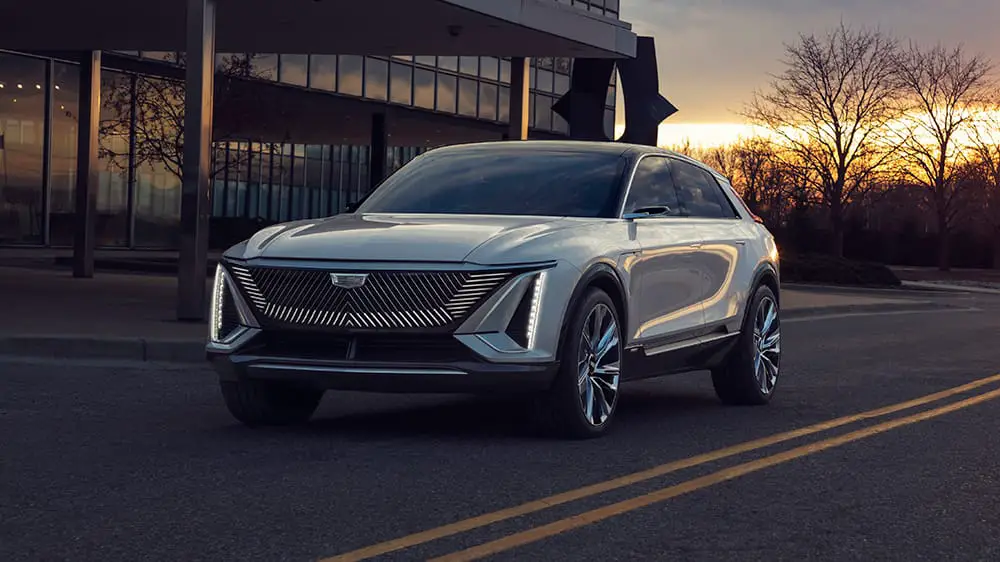
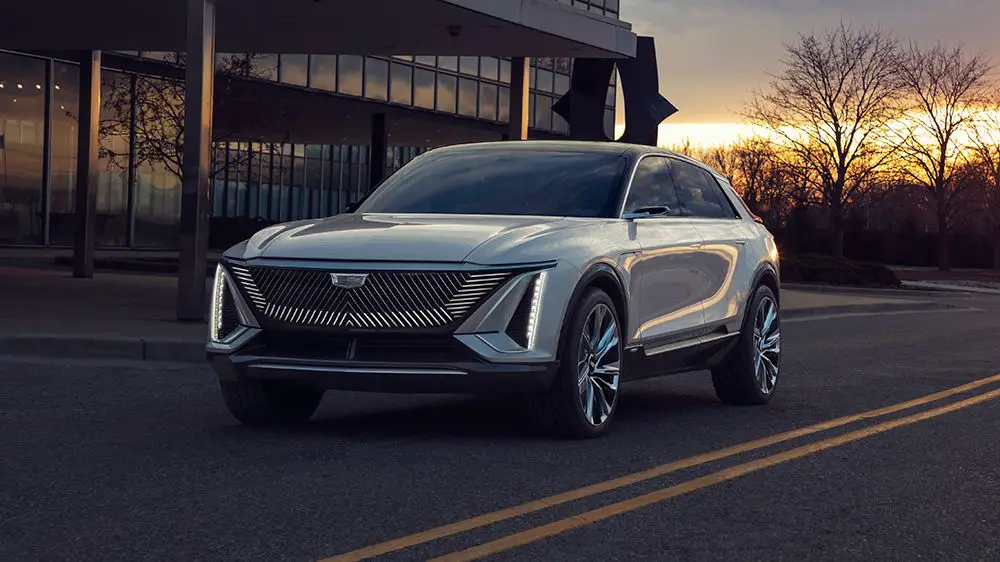
The Lyriq, a luxurious four-seat SUV, will be available in late 2022, likely starting in the mid–five figures and with an expected range of over 300 miles
Cadillac, is one of the renowned cars that have been on the road for close to 120 years. It has now unveiled a near production ready concept for its first EV. The Lyriq, a luxurious four-seat SUV, will be the first new car underpinned by General Motors’ scalable Ultium battery system. This densely packed electric platform will allow GM to produce dozens of all-new electric vehicles of different shapes and sizes over the next few years, with various amounts of power and range, from cars to full-size pickups.
The Lyriq is an all-electric two-row SUV that Cadillac first mentioned in January 2019 at the Detroit auto show, flashing an artist rendering of a vague futuristic car on the screen. The car is expected to come in the market in late 2022 and a range of 300 miles. The EV will join the battery powered SUVs like Mercedes-Benz, Audi, and Tesla, as well as from upstart start-ups you may have never heard of, like Bollinger, Fisker, and Rivian. Cadillac’s play in this field will include innovative technology and, especially, forward-looking exterior and interior design.
Unlike Tesla's SUVs, which are coupe-like crossovers with fastback styling, the 2023 Cadillac Lyriq is a wagon-like two-box design, with a more conventional, more capacious, more squared-off roofline. Smith describes the Lyriq as having a classically great stance. Matching the thin vertical headlamps are thin, vertical red-lenses lower rear lamps, with c-shaped upper tail lamps that curve around the vehicle's rear roof support.
“The coolest Cadillac from the past have always been turning points,” says Andrew Smith, the brand’s executive design director. “They’re always about the future. So the general brief for Lyriq was: Design the future of Cadillac.”
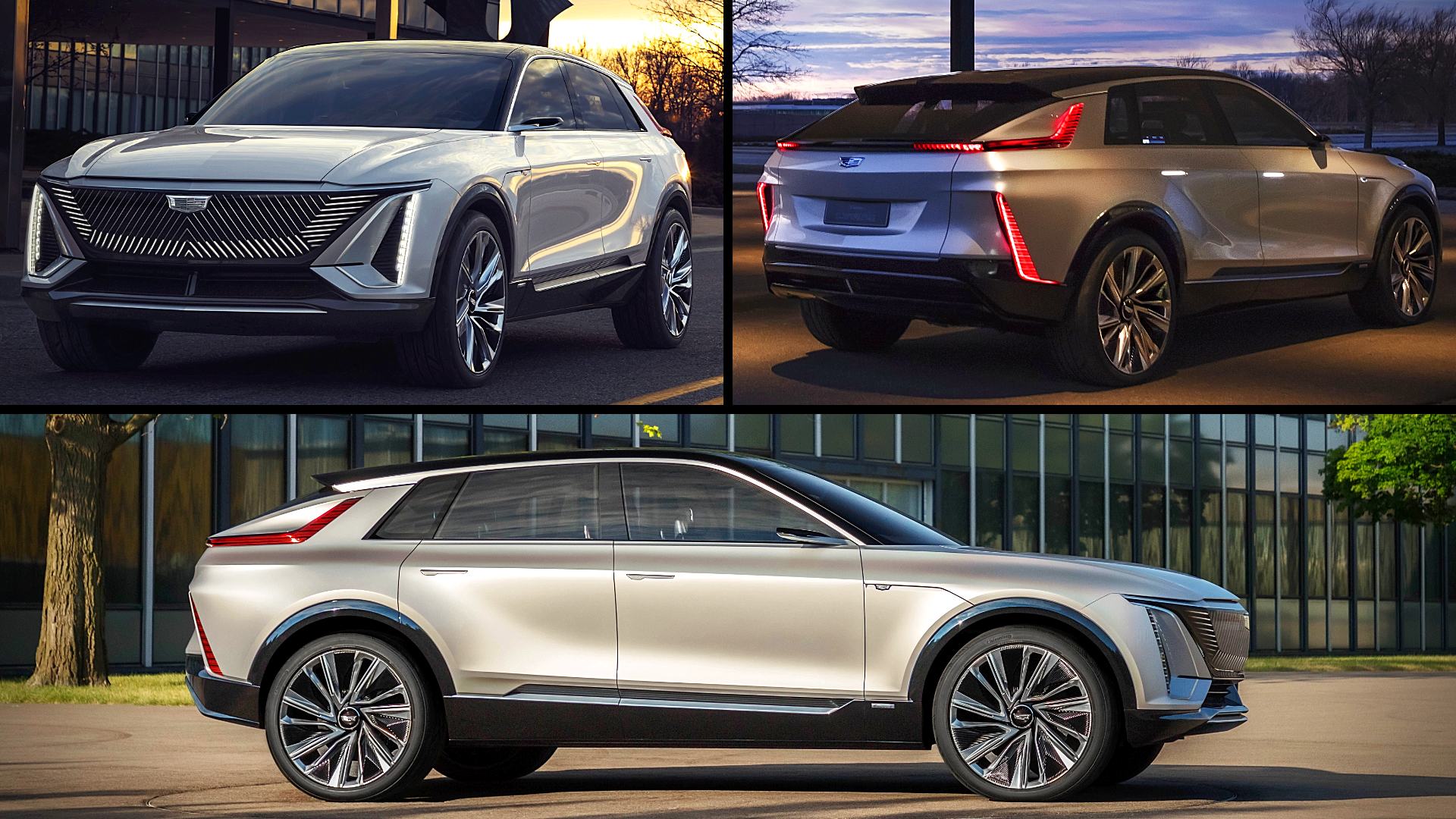
The result is an alluring shape that balances the traditional with the outre. The front end is blunt, with a fresh, active lighting signature,arranged not just at the corners like traditional headlamps but also combined and woven into the grille. These lights, to become a Cadillac signature, will be used to greet occupants as they approach, providing what Smith calls a sense of occasion and experience.
The sides of the body feature quite a bit of interesting concave and convex surfacing, an effort to achieve what Smith calls a liquid-metal feel. The overall shape is fluid, if rectilinear, reflecting Smith’s desire for the Lyriq to have a classic strong stance. The rear-end treatment is perhaps the most novel, featuring a mollusk-like protruding rear hatch, and Cadillac’s signature vertical tail lamps rendered in two parts, the uppermost one of which reaches deep into the body side, almost playfully.
The Lyriq’s door handles sit flush with the bodywork and pop out at the touch of a button. It’s not clear how much of this will make production.The biggest aesthetic change over current Cadillac's is found inside, with a 33 inch wide combination of digital instrument display and infotainment screen stretching across the dashboard. There’s also an augmented-reality head-up display. The Lyriq will be offered with two drivetrain configurations when it launches in two years time: rear-wheel drive and ‘performance’ four-wheel drive.
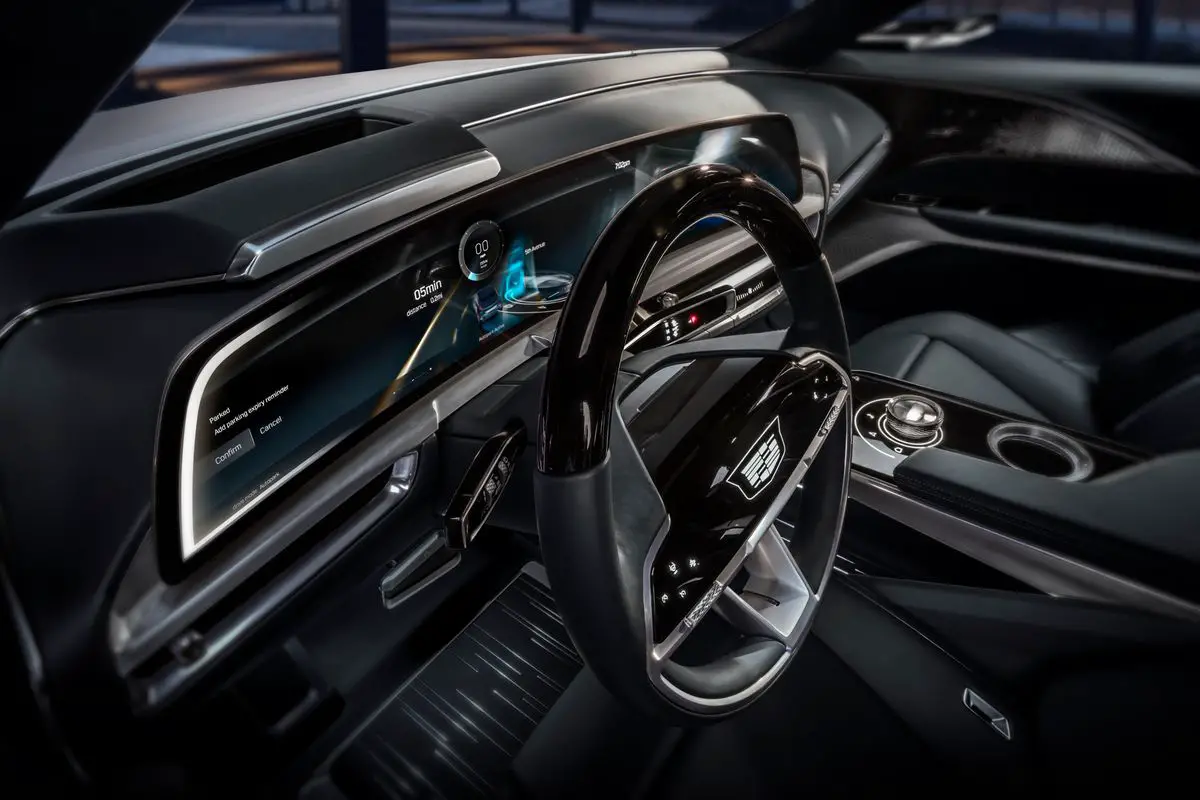
Interior- The interior is dominated by a single 33-inch LED display screen, similar in design to the 38-inch OLED screen in the '21 Escalade and stretching across most of the dash. It's a refreshing alternative to the large tablet-sized rectangular screens found in Tesla's and other modern vehicles, this makes it easier to read information at the bottom of the thin horizontal screen than at the bottom of tablet screens. Other advantages of the new display include a quick refresh rate and good contrast ratio.
There's a rotary controller on the cantilevered center console, and at the bottom of the instrument panel, a jewelry box -style pull-out tray. Laser-etched and back-lit wood veneer trim on the door panels add depth and detail. Other advanced features will include GM's latest Super-Cruise, with a lane-changing feature, a dual-plane head-up display, and remote self-parking.
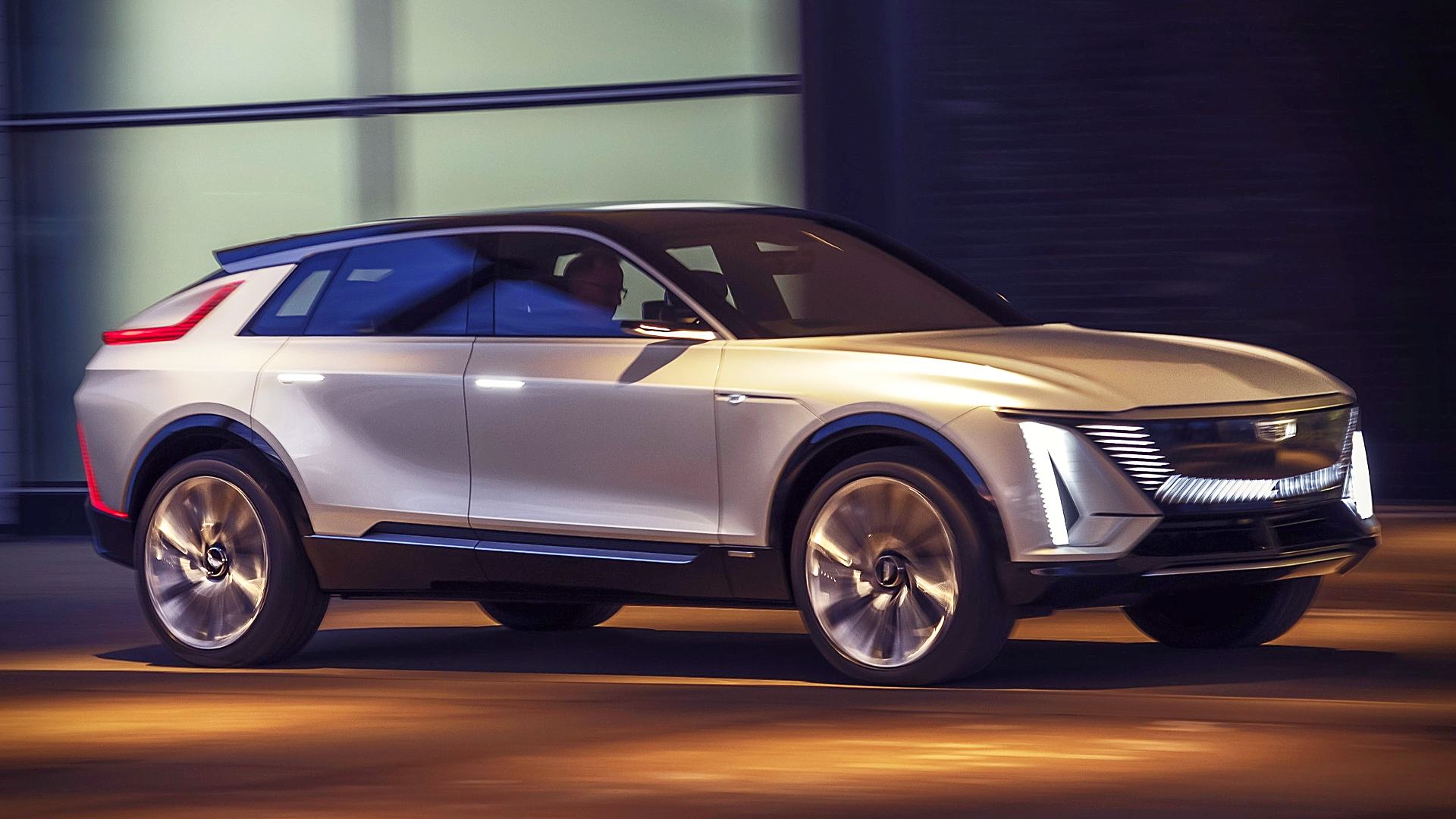
The interior of the Lyriq continues this paradigm of mixing the conventional with the expressive. A giant single-screen OLED display curves across the dashboard, angled at the driver. An all-new head-up display layers in augmented reality and projects it over navigation and other information on the windshield in the driver’s line of sight. And the next generation of Cadillac’s Super Cruise driver-assistance technology is integrated, allowing for truly hands-free driving on 200,000 miles .
Traditional materials like wood, metal, and leather are still utilized inside, they’re featured in intriguing ways. The wood veneer is back-lit. The metal is brushed and knurled. Much of the leather interior is a dreamy bottle-green color. Some leather trim is cut and turned on its side, to expose what Smith calls “its crust,” and then interspersed with metal. Surprise and delight abounds, as with the bright ultramarine suede inserts inside the cabin’s glove box and storage bins.
Charging- Charging options will include DC fast-charging rates of more than 150 kW, Cadillac says, and Level 2 charging rates up to 19 kW, with an optional onboard plug-in module. Cadillac did not release an expected 0-60-mph time, though Hogan says the Lyriq will be competitive, with "near-instantaneous torque."The Ultium platform gives us the flexibility to optimize battery energy, storage, and layout," Hogan says, for "premium vehicle dynamics."
The battery modules are part of the body structure and support the Cadillac Lyriq's crash stiffness. Near-50/50 weight distribution (for AWD models) and a low center of gravity make for superb ride and handling, Hogan adds.




